Ka-Sha dictionary
When on our website and reading about our products you may find words that you don't recognise to describe a technique, a textile or a process. This happens because we end up using technical words (from our time as students of fashion & textiles) or local language words to define our products. Hence we have here our glossary to help you better understand your products from Ka-Sha & Heart to Haat & what is used to make them.
A-E
Appliqué
(v.) to decorate (a garment or larger piece of fabric) with pieces of fabric to form patterns
Angarkha
(n.) refers to the upper body garment with a usual asymmetrical opening in the chest area reaching down to the knees, knotted or secured traditionally by strings worn by men in the Indian subcontinent especially before the introduction of the 'kurta'. Its various forms exist throughout South Asia.
Bandhani/ बांधनी
(v.) to make patterns on cloth by tying knots in it or tying parts of it with strings before putting it in a dye, so that only parts of the fabric receive the dye.
Block Printing
(n.) process of printing patterns using engraved or embossed blocks of metal and wood.
Chanderi
(n.) a fabric characterized by its lightweight, sheer texture. The fabric borrowed its named after the town Chanderi in Madhya Pradesh where traditional weavers practice the art of weaving this textile.
Clamp-Dye
(v.) it involves making folds in the fabric and then using a shape (wood/ other materials) as a resist. This shape to resist needs to be placed on both sides of the folded cloth and then is held together tightly with a clamp.
Cupro
(n.) a fabric made from regenerated cellulose fibres from recycled cotton linter, the fluffy fibre around the plant's seeds. It is a by-product of the cotton industry as it is the scrap cotton that remains on the cotton plant after the cotton harvest is complete and usually gets discarded during cotton production.
Chevron
(n.) a V shape stripe that forms repetitive pattern
Cotton Mul
(n.) a soft, fine and light weave of cotton. Such fabrics are very soft, lightweight and very breathable.
F-J
Gota Patti
(n.) a technique of zari applique wherein the zari ribbon edges are sewn down on fabric edges.
Handwoven
(adj.) (of fabric) woven by hand or on an unpowered loom.
Handloom
(n.) any loom, other than powerloom; and includes any hybrid loom on which at least one process for weaving requires manual intervention or human energy for production
K-O
Kala Cotton
(n.) an indigenous cotton grown across the region of Kutch, the texture of kala cotton is not too soft or too coarse. It is an ideal crop in this region as it grows in adverse weather conditions and is a rain-fed crop requires no irrigation. It is Handwoven in Kutch, Gujarat, India.
Kantha
(n.) a century old tradition of stitching patchwork cloth from rags for the purpose of repurposing done using quilting using running stitch.
Kediyu
(n.) a garment worn by men in the rural coastal parts of western Gujarat, India. The traditional kediyu is a long sleeved upper garment, pleated at the chest, which reaches to the waist.
Kota Doria
(n.) a light woven fabric made of tiny woven squares (khat) which is still handwoven on traditional pit looms in Kaithoon near Kota in Rajasthan and in some of the surrounding areas.
Macramé
(n.) a form of textile produced using knotting techniques which regained popularity in recent years
Ombré
(n.) blending of one colour hue to another in a smooth transition
P-T
Patchwork
(v.) the craft of sewing in which small pieces of cloth in different designs, colours, or textures are sewn together.
Poplin
(n.) a plain woven fabric, typically made with lightweight cotton with corded surface.
Powerloom
(n.) a loom operated by mechanical or electrical power.
Quilting
(v.) Quilting is the term given to the process of joining layers of fabric together either through stitching manually by hand using a needle and thread, or mechanically with a sewing machine.
Reversible
(v.) a garment that can be worn both ways/ inside-out.
Recycle
(v.) convert (waste) into reusable material.
Stitch Resist
(v.) it involves stitching the fabric in various shapes and motifs prior to dyeing which leads to resist in dyeing of the parts that have been stitched leading to formation of the print.
Screen Printing
(n.) a process of printing pattern by forcing dye pigments through a prepared screen of fine material done in an order to create a picture.
U-Z
Upcycle
(v.) to reuse in such a way that the resulting product is of a higher value than the original item
Zari
(n.) a type of gold thread used decoratively on clothing or in the weave of textiles.
Zero Waste
(v.) the conservation of all resources by means of responsible production, consumption, reuse, and recovery of products, packaging, and materials.

